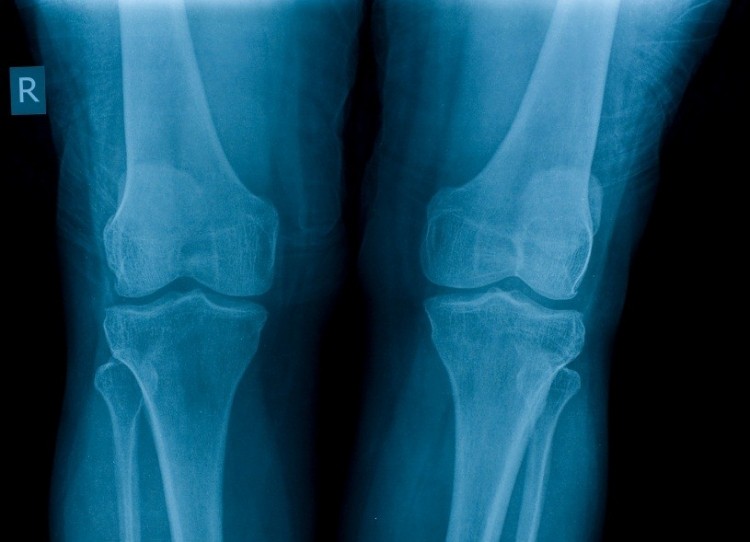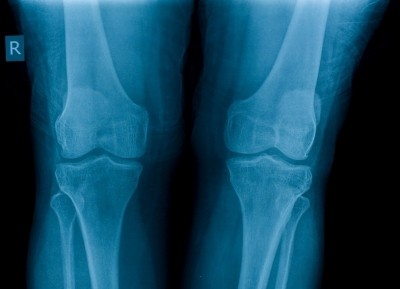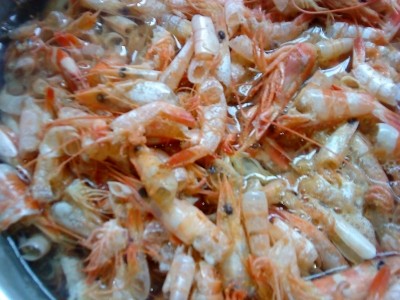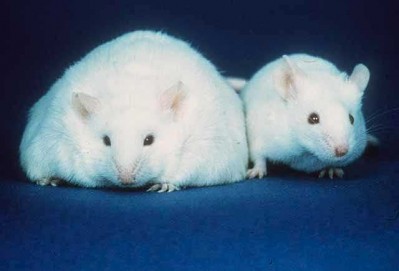‘Exciting implications for knee joints’: Glucosamine plus chondroitin may reduce joint space narrowing

Results of the randomized, double blind and placebo-controlled Long-Term Evaluation of Glucosamine Sulfate (LEGS) study indicated that daily doses of 1500 mg of glucosamine sulfate (Sanofi-Aventis) and 800 mg of chondroitin sulfate (PureFlex, TSI) resulted in a statistically significant decrease of 0.1mm in joint space narrowing, compared with placebo.
“This was an investigator-initiated, rigorously conducted randomized clinical trial,” wrote the researchers. “Two-year follow-up was excellent […] The active treatment capsules were independently tested to ensure appropriate content of glucosamine and chondroitin.
“The demonstrated benefit in terms of disease modification may simply be due to achieving a biologically meaningful dosage with the combined treatment, a dosage that is not achieved using the glucosamine or chondroitin alone products utilized in this study.
“The fact that both the glucosamine and chondroitin contained sulfate may be a biological mechanism driving the superior results for the combination treatment allocation in this study, as sulfate depletion has been demonstrated to inhibit proteoglycan synthesis in human cartilage.”
Conflicting data
The joint health market is dominated by glucosamine and chondroitin. Amongst the most important studies supporting the apparent benefits of the ingredients was the $14 million Glucosamine/chondroitin Arthritis Intervention Trial (GAIT), sponsored by the National Institute of Health, which studied the effects of the supplements in 1,583 people with osteoarthritis
The results, published in the prestigious New England Journal of Medicine (2006, Vol. 354, pp. 795-808), indicated that the combination of glucosamine and chondroitin sulfate “significantly decreased” knee pain for people suffering from moderate-to-severe osteoarthritis.
However, other clinical trials using glucosamine alone or in combination with chondroitin have yielded conflicting results, leading some medical professionals to question the efficacy of such supplements. A review in the International Journal of Rheumatic Diseases (2011, Vol. 14, pp. 152-158) said that the data was inconclusive.
Combination
The new study, which found no significant symptomatic benefit over placebo for knee pain, enhances the body of science and our understanding of chondroitin and glucosamine.
Indeed, no significant benefits were observed for chondroitin or glucosamine alone for joint space narrowing, only when the ingredients were used in combination.
The study’s findings were welcomed by Joe Zhou, CEO of TSI Group as "exciting implications for knee joint sufferers.
"We're enthusiastic about the potential of PureFlex chondroitin as a tool in the fight against pervasive and difficult knee joint conditions," he added.
Speaking with NutraIngredients-USA, Larry Kolb, president of TSI USA, Inc., a division of TSI Group, added that it was a compelling study showing the benefits of the combination of glucosamine and chondroitin.
“Increasing the joint spacing has benefits for many people, both young and old, and not just people with osteoarthritis,” he said.
Kolb explained that PureFlex is prepared by a propriety process, which allows the company to control the molecular weight of the chondroitin, giving TSI a differentiator in a market that has become increasingly commoditized.
Study details
The Sydney-based scientists recruited 605 participants with chronic knee pain and evidence of narrowing of the knee joint. Participants were randomly assigned to one of four groups: Glucosamine sulfate supplements (1500 mg per day), chondroitin sulfate supplements (800 mg per day), a combination of the two, or placebo for two years.
Results showed that the combined supplement was associated with statistically significant reductions in joint space narrowing, compared with placebo, but the individual supplements showed no effects.
Allocation to the glucosamine–chondroitin combination resulted in a statistically significant reduction in JSN at 2 years. While all allocation groups demonstrated reduced knee pain over the study period, none of the treatment allocation groups demonstrated significant symptomatic benefit above placebo.
“Overall, the LEGS study could not detect significant symptomatic benefit for these dietary supplements over a 2-year follow-up period,” wrote the researchers.
“However, the LEGS study demonstrated that in this cohort of participants with mostly early radiographic disease, the combination of glucosamine sulfate and chondroitin sulfate did achieve a meaningful reduction in tibio-femoral JSN over 2 years, compared with placebo.”
Source: Annals of Rheumatic Diseases
Published online ahead of print, doi:10.1136/annrheumdis-2013-203954
“Glucosamine and chondroitin for knee osteoarthritis: a double-blind randomised placebo-controlled clinical trial evaluating single and combination regimens”
Authors: M. Fransen, M. Agaliotis, L. Nairn















